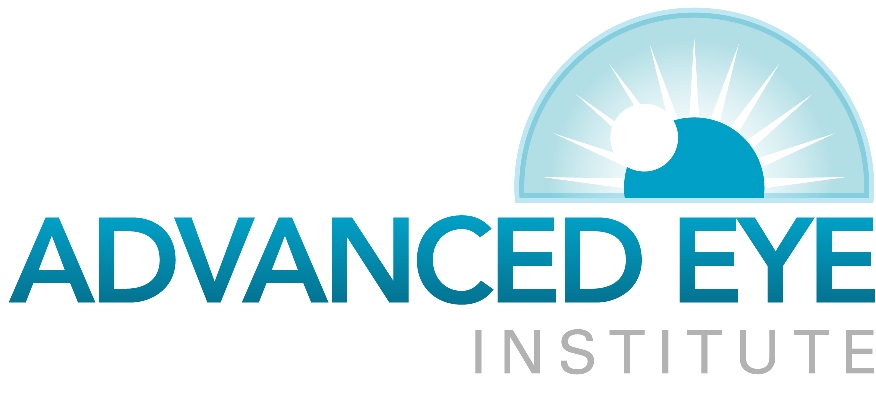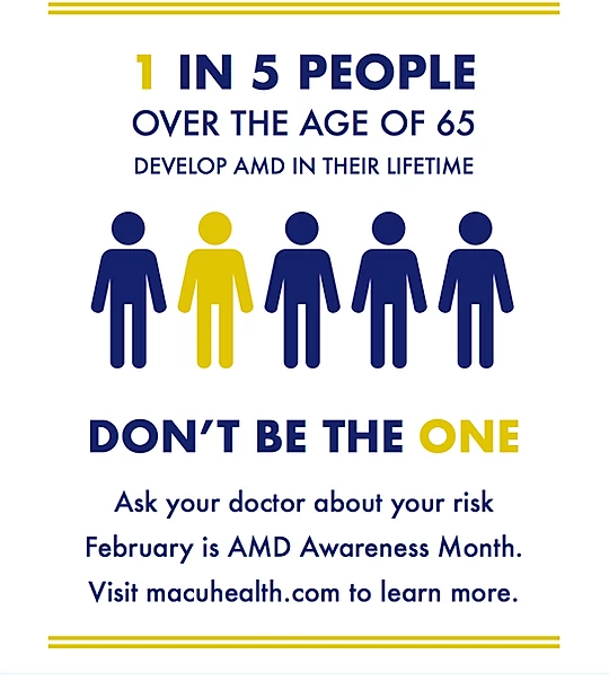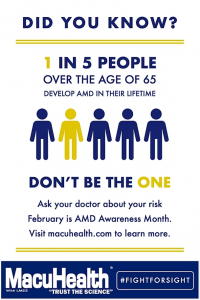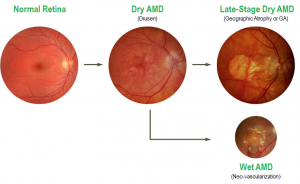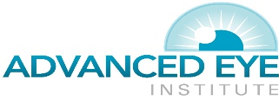February is Age Related Macular Degeneration Awareness Month!
Macular Degeneration is known as the loss of central vision within the macula. The macula, is a small area located near the center of the retina. The health of an individuals macula, regulates their ability to read, recognize faces, drive, watch TV or other activities that require us to see fine detail. According to the U.S. Centers for Disease Control and Prevention (CDC) approximately 6.5% of Americans age 40 and older have some degree of Macular Degeneration. Macular Degeneration is the leading cause of decreased vision in people over the age of 65.
There are 2 types of Macular Degeneration, Wet AMD and Dry AMD. The large majority of cases are referred to as the “dry type” which are non-neovascular. Neo-vascular refers to the growth of new blood vessels in the macula, but in an area that they should not be growing.
Dry ARMD is an early stage of the disease. Dry age-related macular degeneration can be caused from the aging and/or thinning of the tissues within the macula or abnormal deposits of “drusen”, which are abnormal yellow deposits, into the macula. Gradual central vision loss may occur with Dry ARMD.
For dry ARMD we recommend dietary supplements known as “AREDS vitamins” that contain crucial anti-oxidant vitamins such as zinc, copper, vitamin E, and Vitamin C which have been shown in large studies, known as the “AREDS” studies, to help decrease the likelihood of developing more severe disease in some patients. They are recommended in the setting of dry macular degeneration. You should make sure the brand you purchase has the labeling “AREDS 2” formulation.
Wet age-related macular degeneration is when new blood vessels grow beneath the retina, which leak. The leakage causes permanent damage to light-sensitive retinal cells, causing them to die off and create blind spots in a person’s central vision. In some cases, the loss of vision can be rapid and/or severe.
In the more severe wet macular degeneration cases there are several treatment options available with the most common being injections given directly into the eye with “Anti-VEGF” molecules. VEGF or “Vascular endothelial growth factor” is a cell signaling molecule that triggers growth of blood vessels under the retina which leads to the visual deterioration associated with wet ARMD. Anti-VEGF injections contain antibodies to this molecule which can inactivate VEGF and stop new blood vessel growth and regress the vessels that have already formed. Early detection and treatment is necessary and often patients will have to be seen monthly at first to monitor the response to these therapies. After the wet ARMD is stabilized, the patient visits and injections can usually be spread out decreasing the need for such frequent visits. Laser treatment is also necessary in some cases but with the advent of the modern Anti-VEGF therapy it is only used in certain cases. Your ophthalmologist should go over your treatment options with you but with modern therapies patients who would otherwise have been doomed to central vision blindness can often now continue to see and do well.
For more information on risk factors, symtpoms and diagnoses, visit www.advancedeyeinstitute.com or call us today!
